Disclosure: This article contains affiliate links. We may earn a commission from purchases at no extra cost to you, which helps our travel content.
The first rays of sunrise spill over the crater's edge, illuminating a landscape that feels both primordial and sacred. After navigating oceans for a quarter-century, I've discovered that Tanzania's Ngorongoro Crater offers a different kind of navigation—one through an ecosystem that functions much like the self-contained world of a ship at sea. This massive caldera, formed when a volcano collapsed on itself millions of years ago, cradles one of Africa's most concentrated wildlife sanctuaries within its 100-square-mile embrace. As someone who's charted courses across the world's waterways, I find myself equally captivated charting paths through this natural wonder, where the Big Five roam freely against a backdrop that feels like stepping into Earth's distant memory. My recent winter expedition—a luxury safari with surprisingly moderate temperatures and spectacular wildlife viewing—proved to be the perfect escape for couples seeking both adventure and intimacy in one of nature's most magnificent settings.
Planning Your Ngorongoro Expedition
Like plotting a course through challenging waters, planning a Ngorongoro safari requires strategic thinking and local knowledge. After researching numerous options, I settled on a private 5-day luxury safari that balanced wildlife viewing with cultural experiences. The Ngorongoro Conservation Area differs fundamentally from national parks—it's a multiple land-use area where the Maasai people continue their traditional lifestyle alongside wildlife conservation efforts.
I chose to stay at a lodge perched on the crater rim, providing breathtaking panoramic views and easy access for early morning descents into the crater. The perspective reminded me of standing on a ship's bridge, surveying the vast ocean below—except here, the ocean was a verdant ecosystem teeming with life.
While the term 'luxury safari' might conjure images of colonial-era extravagance, today's high-end experiences focus on sustainability and meaningful connections. My accommodation featured solar power, water conservation systems, and partnerships with local Maasai communities—proving that responsible tourism and comfort can indeed coexist.
For couples planning this journey, I recommend booking 8-10 months in advance, especially if traveling during the popular June-October dry season. My winter visit (December-February) offered fewer crowds and the lush green landscape following the short rains, with temperatures comfortable for exploration.
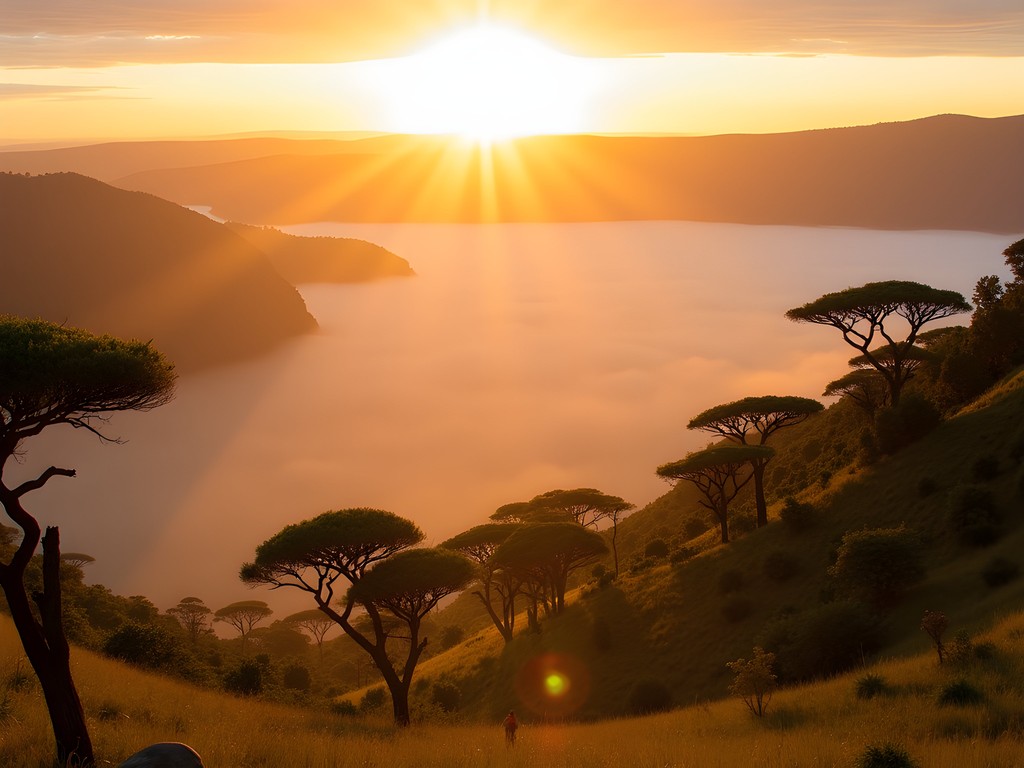
💡 Pro Tips
- Book a private safari vehicle if your budget allows—the flexibility to linger at wildlife sightings is invaluable
- Pack neutral-colored clothing (khakis, olives, tans) to blend with the environment
- Choose accommodations on the crater rim for spectacular views and quicker access to morning game drives
Descending into Nature's Perfect Sanctuary
The journey down into the crater feels like passing through a portal to another time. The steep descent along the access road—a marvel of engineering cutting through dense montane forest—brings you from the cool highlands to the crater floor in less than an hour. As a ship captain, I've navigated treacherous passages, but this descent requires similar respect and skill from your driver-guide.
Once on the crater floor, the vastness of this ecosystem reveals itself. Unlike the open ocean where wildlife remains largely hidden beneath the surface, here the abundance is immediately apparent. The crater walls create a natural enclosure that concentrates wildlife in extraordinary numbers—over 25,000 large animals share this relatively small space.
During my five days exploring the region, I established a rhythm that will serve other travelers well: early morning crater drives when predators are active, midday rest periods at the lodge (perfect for couples to enjoy private time), and afternoon excursions focusing on specific areas of interest. This approach prevents safari fatigue while maximizing wildlife encounters.
For capturing these once-in-a-lifetime moments, I relied on my telephoto zoom lens, which proved invaluable for photographing distant wildlife without disturbing their natural behaviors. The lens's image stabilization was particularly helpful when shooting from a moving vehicle.
The crater's flat, open landscape offers relatively easy wildlife spotting compared to other safari destinations, making it ideal for first-time safari-goers or those who prefer a more accessible wildlife experience.
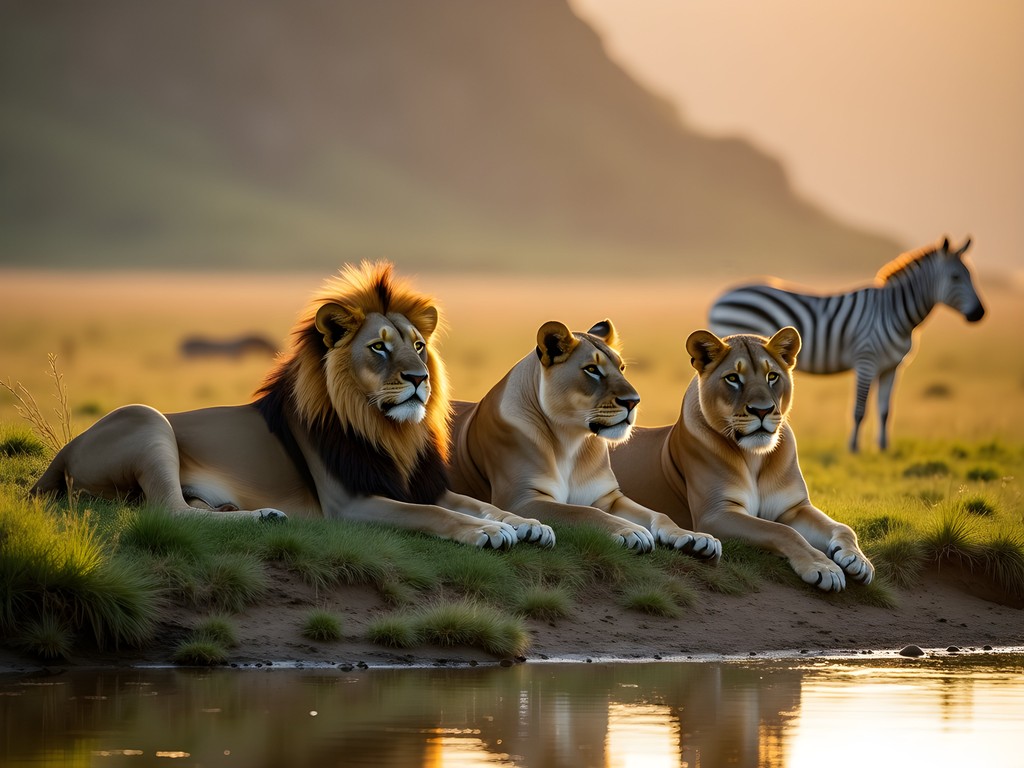
💡 Pro Tips
- Bring a good pair of binoculars for each person—sharing means someone always misses something
- Prepare for dusty conditions with camera protection gear and allergy medication if sensitive
- Early morning drives (6-9 AM) offer the best predator sightings and photographic light
Wildlife Encounters in Earth's Eden
The concentration of wildlife within Ngorongoro defies imagination. Having sailed to some of the world's most remote marine sanctuaries, I thought I understood biodiversity—but the crater offers a masterclass in ecological interconnection visible to the naked eye.
The crater floor hosts approximately 25,000 large animals, including around 70 lions, 30 black rhinos, and enormous herds of zebra, wildebeest, and gazelle. Unlike the seasonal migrations that characterize the Serengeti, most of Ngorongoro's wildlife remains year-round, sustained by the permanent water sources and varied habitats within the crater walls.
During my winter visit, I witnessed several remarkable moments that exemplify why this destination deserves its legendary status. At Lake Magadi, thousands of pink flamingos created a living coral reef of sorts across the alkaline waters, their synchronized movements resembling ocean currents. Nearby, a black rhino and her calf emerged from the marsh vegetation—a sighting so rare that even our experienced guide grew emotional.
The crater's compact nature creates unique predator-prey dynamics. One morning, we followed a cheetah stalking Thomson's gazelles across the open plains, the hunt unfolding like a tactical maritime operation. The following day, we encountered a pride of lions with cubs feeding on a freshly killed buffalo—nature's raw power and tenderness displayed simultaneously.
For couples, these shared wildlife experiences create powerful bonds and conversations that continue long after the safari ends. There's something profoundly connecting about witnessing life's fundamental rhythms together, far removed from daily distractions.
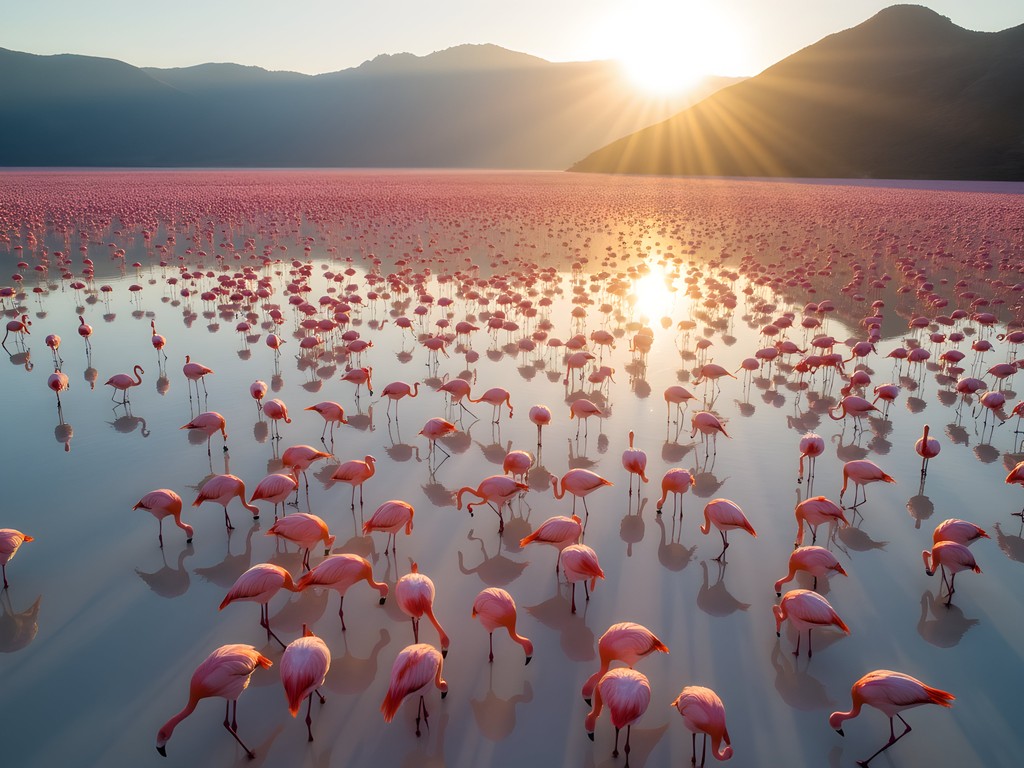
💡 Pro Tips
- Maintain respectful distances from wildlife—ethical guides will position vehicles appropriately
- Learn to read animal behavior to anticipate photographic moments
- Ask your guide about specific species you're interested in—they can tailor your experience accordingly
Cultural Connections: The Maasai and Conservation
What distinguishes Ngorongoro from many wildlife sanctuaries is its dual mandate: protecting natural heritage while supporting the indigenous Maasai people who have inhabited these highlands for centuries. As someone who's witnessed coastal communities worldwide adapting to changing environmental conditions, I find the Ngorongoro Conservation Area's approach particularly compelling.
During my expedition, I arranged a cultural visit to a nearby Maasai boma (village) through my lodge. Unlike performative cultural tourism that can feel exploitative, this experience was arranged through a community-based organization where proceeds directly benefit local schools and healthcare initiatives.
My guide, Lenana, a young Maasai man educated in conservation management, shared insights into how his community balances traditional pastoralist practices with modern conservation challenges. Their relationship with the land reminded me of ancient mariners who navigated by intimate knowledge of currents and stars rather than GPS.
The Maasai's traditional conservation ethics—which protected these lands for generations before formal conservation designations—offer valuable lessons for our modern environmental challenges. They understand, as any good captain must, that survival depends on respecting natural boundaries and living within sustainable limits.
For visitors seeking deeper connections, I recommend bringing a quality journal to document conversations and reflections. Some of my most treasured travel memories come from notes taken during cultural exchanges like these, where wisdom shared transcends the momentary experience.
Remember that photography in Maasai communities requires explicit permission and often a fee. Rather than focusing on capturing images, I found greater value in simply being present and engaging in genuine conversation.
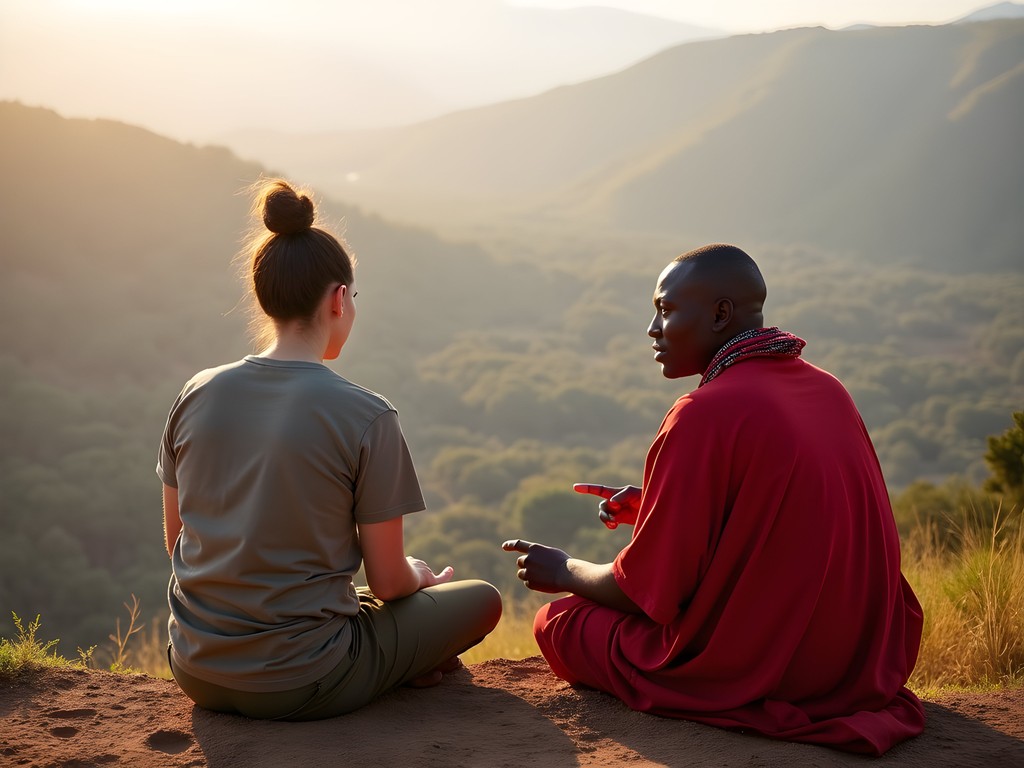
💡 Pro Tips
- Research Maasai culture before visiting to ask informed questions
- Consider bringing appropriate gifts like school supplies for community schools rather than candy or small items
- Support cooperatives selling authentic Maasai crafts rather than airport souvenirs
Luxury Accommodations & Mindful Moments
After days filled with adventure and discovery, retreating to thoughtfully designed accommodations becomes essential for processing the experiences. My chosen lodge—perched on the crater rim with panoramic views—provided that perfect balance of luxury and authenticity that discerning couples seek.
My suite featured floor-to-ceiling windows framing the crater vista, a private deck for morning tea rituals, and design elements that honored local craftsmanship while providing modern comforts. The lodge's commitment to sustainability was evident in everything from water conservation systems to farm-to-table dining featuring ingredients from their organic gardens.
Each evening, I established a ritual that married my maritime habits with this new landscape: watching the sunset transform the crater while enjoying a pot of locally grown tea. These moments of stillness—so rare in our hyperconnected world—became as valuable as the wildlife encounters themselves.
For couples, the romantic potential of these settings is unmatched. Imagine private dinners under star-filled skies, with the sounds of distant wildlife providing nature's soundtrack. Several lodges offer special experiences like bush breakfasts or sundowners at scenic viewpoints—well worth the splurge for celebrating special occasions.
To enhance these mindful moments, I recommend bringing a quality travel blanket for chilly evenings on your private deck. The crater rim sits at over 7,000 feet elevation, making evenings cool even when days are warm.
While luxury accommodations come with premium pricing, the value lies not just in thread counts and amenities but in the thoughtful integration with the environment and the quality of guides provided. The best lodges employ guides with decades of experience and academic training in ecology, elevating your safari from simple wildlife viewing to comprehensive natural and cultural immersion.

💡 Pro Tips
- Request rooms with crater views when booking—the premium is worth it for the sunrise experience
- Pack layers for cool evenings at crater rim accommodations
- Schedule at least one spa treatment incorporating local ingredients and traditions
Final Thoughts
As we lifted off from the airstrip on our departure, the crater receded below us like a ship disappearing over the horizon. In my years navigating both waters and lands, Ngorongoro stands as a rare confluence—where geological wonder, wildlife abundance, cultural heritage, and conservation efforts create something greater than their sum. For couples seeking both adventure and connection, this ancient caldera offers a perfect microcosm of Africa's magic. The crater teaches us what mariners have always known: that we are small parts of something magnificently larger, and that this perspective brings both humility and wonder. Whether tracking a black rhino through morning mist or sharing stories with Maasai elders as the sun sets, Ngorongoro offers moments that transcend ordinary travel. As you plan your own expedition to this remarkable sanctuary, remember that the true luxury lies not in thread counts or amenities, but in the privilege of witnessing one of Earth's most perfect natural systems—and perhaps, in finding deeper connection with both nature and each other.
✨ Key Takeaways
- Ngorongoro offers unparalleled wildlife density in a compact, accessible setting ideal for couples seeking both adventure and intimacy
- Winter visits (December-February) provide lush landscapes, fewer crowds, and comfortable temperatures
- Balancing wildlife experiences with cultural connections creates a more meaningful safari experience
- Investing in quality accommodations on the crater rim enhances both wildlife viewing opportunities and romantic moments
📋 Practical Information
Best Time to Visit
June-October (dry season) or December-February (green season)
Budget Estimate
$800-1,200 per person per day for luxury experience
Recommended Duration
4-5 days minimum
Difficulty Level
Moderate

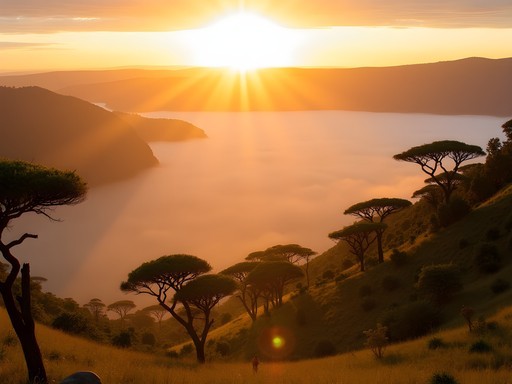
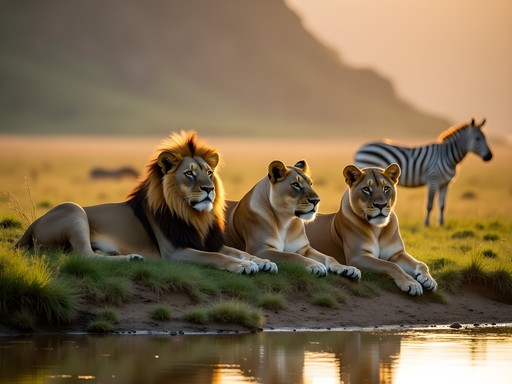
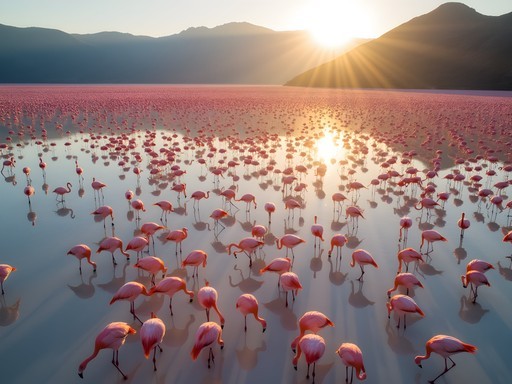
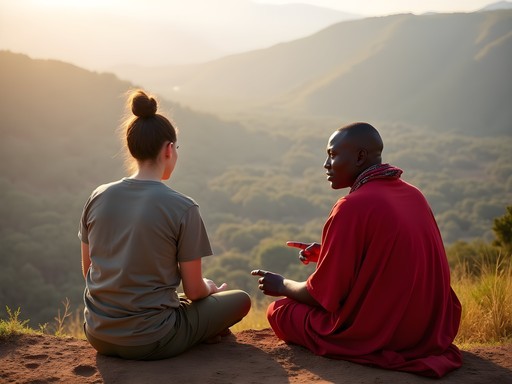
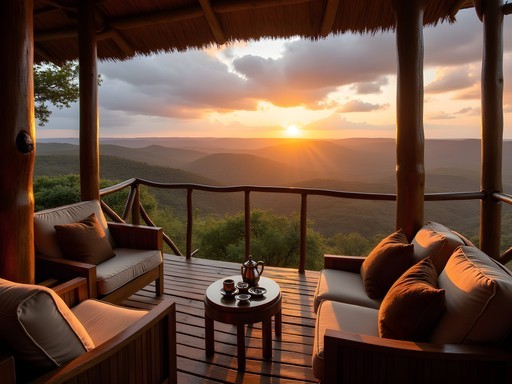








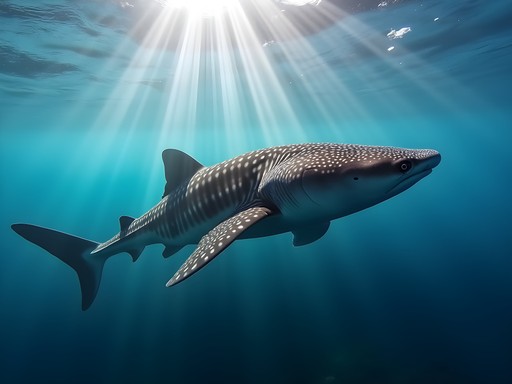
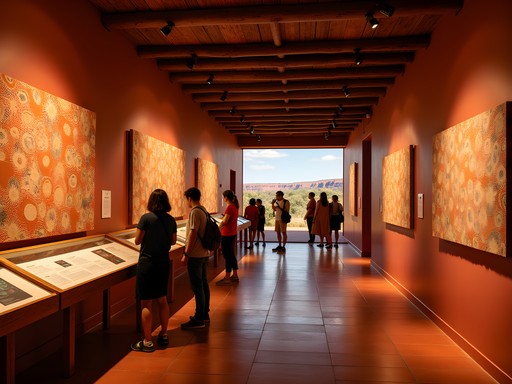
Comments
escapeperson
Adding this to my bucket list right now!
cityway
How difficult is the drive down into the crater? Is it scary? I get nervous on mountain roads!
Kayla Jackson
The descent is steep but not terrifying! The road is well-maintained and your guide does all the driving. The views distract from any nervousness - it's breathtaking!
cooldiver
I was nervous too but it was totally fine! Our Land Cruiser handled it like a champ and the guides drive that road every day. The way up is actually more impressive than scary.
Megan Martin
Excellent write-up, Kayla. For anyone planning a Ngorongoro visit, I'd recommend allocating at least two full days inside the crater itself. The first day provides the initial wonder, but it's on the second day that you begin to appreciate the subtle ecosystem dynamics. I found my Swarovski EL binoculars indispensable for spotting distant wildlife interactions that many visitors miss. Also worth noting that the crater accommodations book up 9-12 months in advance during peak season - plan accordingly!
skyqueen
OMG those lion cubs!!! 😍 I need to go here NOW!
Douglas Bradley
Kayla, your maritime metaphors throughout this piece are brilliantly apt. I visited Ngorongoro last year and was similarly struck by how the crater functions as a natural enclosure, much like an island ecosystem. Your observation about the delicate balance between tourism and conservation resonates deeply. During my visit, I noticed the Maasai communities were actively involved in guiding and education - did you find their perspective added depth to understanding the ecological challenges facing the region? I'm researching the intersection of indigenous knowledge and conservation practices for my next blog series.
photobuddy
Those sunrise shots over the crater are absolutely stunning! What camera setup did you use to capture the wildlife? I'm heading to Tanzania next year and trying to figure out what gear to bring.
Kayla Jackson
Thanks photobuddy! I used my Canon 5D Mark IV with a 100-400mm lens for most wildlife shots. The early morning light in the crater is magical - definitely worth getting up at 4am!
photobuddy
Thanks Kayla! That's helpful. Did you find you needed anything longer than 400mm for the distant shots?
Kayla Jackson
The 400mm was sufficient most of the time since our guide got us surprisingly close to the wildlife. I did use a 1.4x teleconverter occasionally for birds and distant predators though!
Jean Wells
Excellent write-up, Kayla. Your nautical metaphors resonated with me as someone who's also spent considerable time at sea. I visited Ngorongoro during the migration season last year and found the ecological balance fascinating. The crater functions as a nearly perfect closed ecosystem, though I noted some concerning erosion on the eastern slopes compared to my visit a decade ago. The conservation efforts you mentioned are crucial. For those planning trips: consider visiting during shoulder season (April-May or November). Fewer vehicles means more intimate wildlife encounters, though weather can be unpredictable. I documented 42 lion sightings across 4 days, including a remarkable hunting sequence near Lake Magadi. The crater's confined nature makes it ideal for studying predator-prey dynamics. Did your guides discuss the current water level concerns? I'd be interested in your observations on this aspect of the ecosystem's health.
Kayla Jackson
Thank you for the thoughtful comment, Jean! Yes, our guide was quite concerned about the water levels, especially in the smaller pools. He mentioned this was the third consecutive year of lower-than-average rainfall. The hippo populations seemed particularly affected, with increased competition for the remaining water sources.
Jean Wells
That aligns with my observations. The changing rainfall patterns are affecting migration routes too. Conservation efforts will need to adapt quickly. I'm documenting these changes for my upcoming book on East African ecosystems.
safari_dreamer
Just booked my trip after reading this! Can't wait to see those flamingos on the lake!
travelbug_emma
Heading there in two months! Any recommendations for which rim to stay on? I've heard the accommodations vary quite a bit.
Bryce Diaz
Not Kayla, but I stayed on the eastern rim at a lodge overlooking the crater. The views were incredible, but honestly, the fog can obscure things in the early morning. The Ngorongoro Serena has an amazing position if you can swing it!
Kayla Jackson
I agree with Bryce! We split our time between the eastern rim and a place just outside the conservation area. The rim lodges are pricier but that first morning view is worth every penny. Pack warm clothes though - it gets surprisingly cold at night up there!
wildlifephotofan
Amazing post! How was the rhino viewing? They're getting so rare everywhere else.
Kayla Jackson
We were incredibly lucky and saw 3 different black rhinos during our time there! The crater is one of the best places left to see them in the wild. They tend to keep their distance, but with binoculars, the viewing was spectacular.
Venture X
Premium card with 2X miles, $300 travel credit, Priority Pass